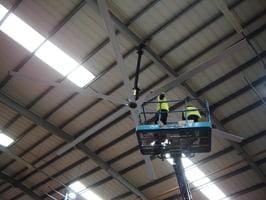As a gym owner, it is essential to understand the importance of proper ventilation in your...
An Expert Guide to Grow Room Ventilation
The cannabis industry has exploded over the last ten years as states have begun to legalize marijuana in some capacity, whether it is for medical or recreational use. In fact, according to the National Conference of State Legislatures (NCSL), 37 states, 4 territories, and Washington DC have allowed the medical use of cannabis products. Additionally, 18 states, 2 territories, and Washington DC have legalized recreational use. In fact, all but THREE states and one territory have some type of cannabis program in place. Cannabis cultivation is an ever-growing industry. But with cultivation, it is important to understand ventilation. It is a crucial piece to healthy and happy plants. In this blog, you will learn why it is important to have proper grow room ventilation. You will also learn how to set up the proper airflow in your grow room in order to have happy plants. So, let’s get started…
Why It’s Important to Ventilate Your Grow Room
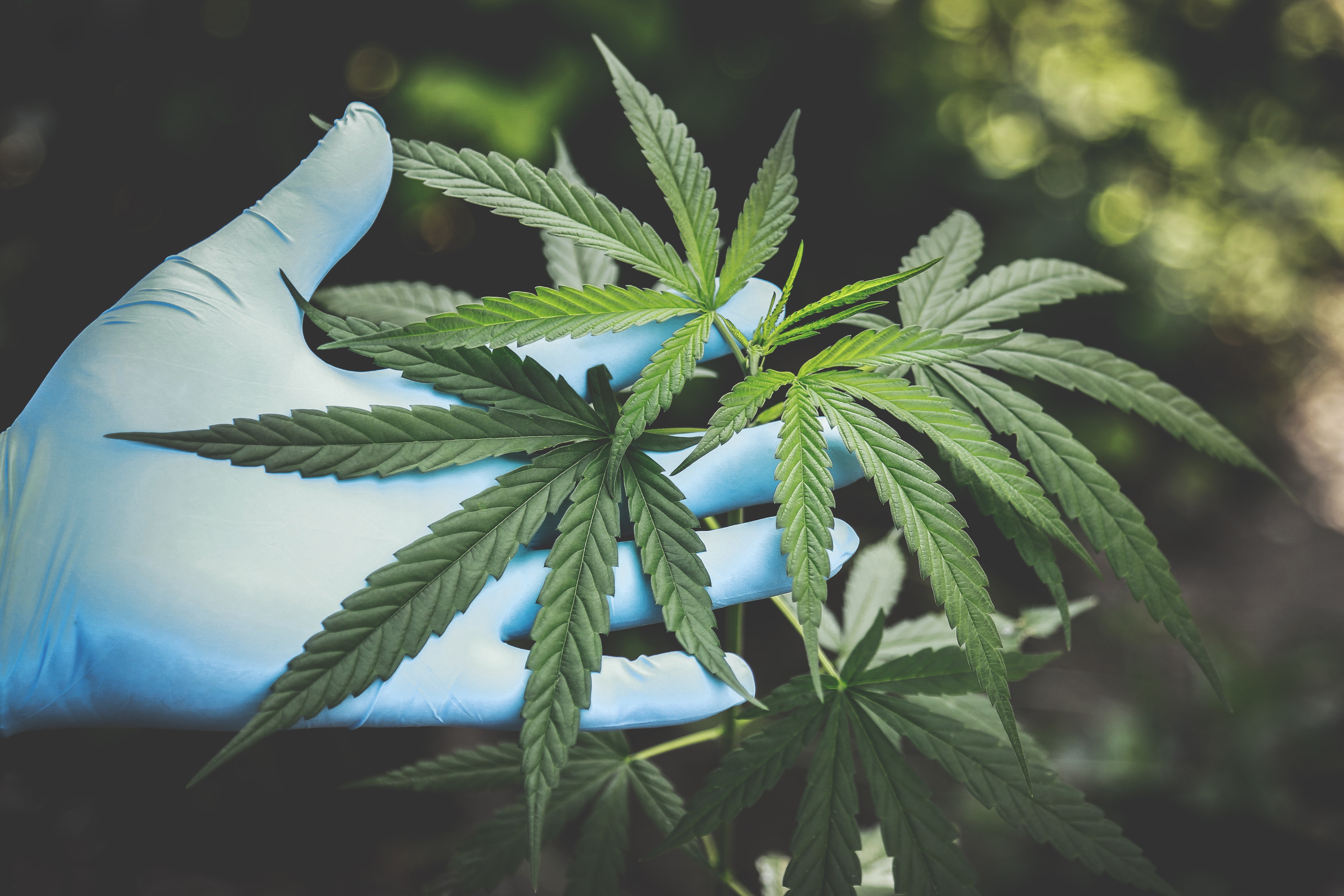
Often overlooked, proper ventilation in a grow room is one of the most important components to consider. Without it, your plants will fail to flourish. In fact, not only will they fail to flourish, but they will fail to survive. Here’s why. Your plants need to be in an environment that will simulate the actual outdoor environment as closely as possible. Air movement is a critical piece of the outdoor environment. By providing this close copy-cat outside environment, you are enabling the process of photosynthesis. In addition, if you do not create air movement, pests will come, and plant sickness prevails. Your plants' health and harvest are at stake if you fail to recognize the importance of proper ventilation.
Carbon Dioxide (CO2)
Simply put, plants need carbon dioxide to grow. CO2 must be present in order for plants to undergo the process of photosynthesis. CO2 is present in all grow facilities no matter what. But if the building is sealed up with little to no ventilation, then the CO2 levels drop drastically. When that happens it doesn’t allow photosynthesis to occur. Higher levels of CO2 tremendously increase photosynthesis. However, in a room with no airflow, the CO2 level of a plant is around 200 ppm. This lower level stifles the potential of your crop.
Humidity
Plants in your facility will produce humidity. The larger the plant, the larger the humidity level it produces. And too much humidity can cause very poor growing conditions. Damp and muggy environments with too much humidity are breeding grounds for pests and disease. In turn, your plants can not do their thing - produce! Humidity levels within a grow facility should stay between 60-65%, ideally. This all happens through ventilation. A facility with no fans will be at 100% humidity. Plants can not stay cool, and that does not work. Plants will be unable to transpire or photosynthesize. On the other hand, too much ventilation will actually draw the moisture out of the air, leaving you with not enough humidity. This is also detrimental to your plants. In order to maintain a consistent, accurate level of humidity and moisture in the air, you must closely monitor your air movement.
Heat
Grow facilities must have grow lights for optimal plant growth. These lights cause heat - and lots of it. Without ventilation, it will simply get too hot for your plants. Ideally, it should stay in the mid 70°F. Plants that are not in ideal temperatures will become stressed and not produce as much.
Oxygen
The air within a grow facility must completely change over often. This is especially true at night as the humidity levels rise. Proper ventilation will help to maintain those spikes in humidity levels at night as well as to keep the air moving which helps with the number of air changes. In a grow facility, ideally, there should be one complete air change per minute, and at the very least, one every five minutes.
Pests
Pests can completely annihilate a crop. Each of the above factors plays into creating a healthy plant grow facility. Pay attention to your humidity, CO2 and oxygen levels, and ventilation to help reduce the risk of problematic pests, molds, and fungus.
How to Ventilate Your Grow Room

Okay, now that you understand why it is important to have proper ventilation in your grow facility, let's discuss how to get it. This is a very fine-tuned process. Too much or too little ventilation will have negative effects on your plants’ health. If there is too little ventilation it will cause too much heat and humidity in your facility - and not enough CO2. If there is too much ventilation it will bring your humidity levels down too far and will also cause your plants to lose too much water through evaporation. This is called over transpiration.
Here are some options for properly ventilating your grow room.
Grow Room Ventilation Options
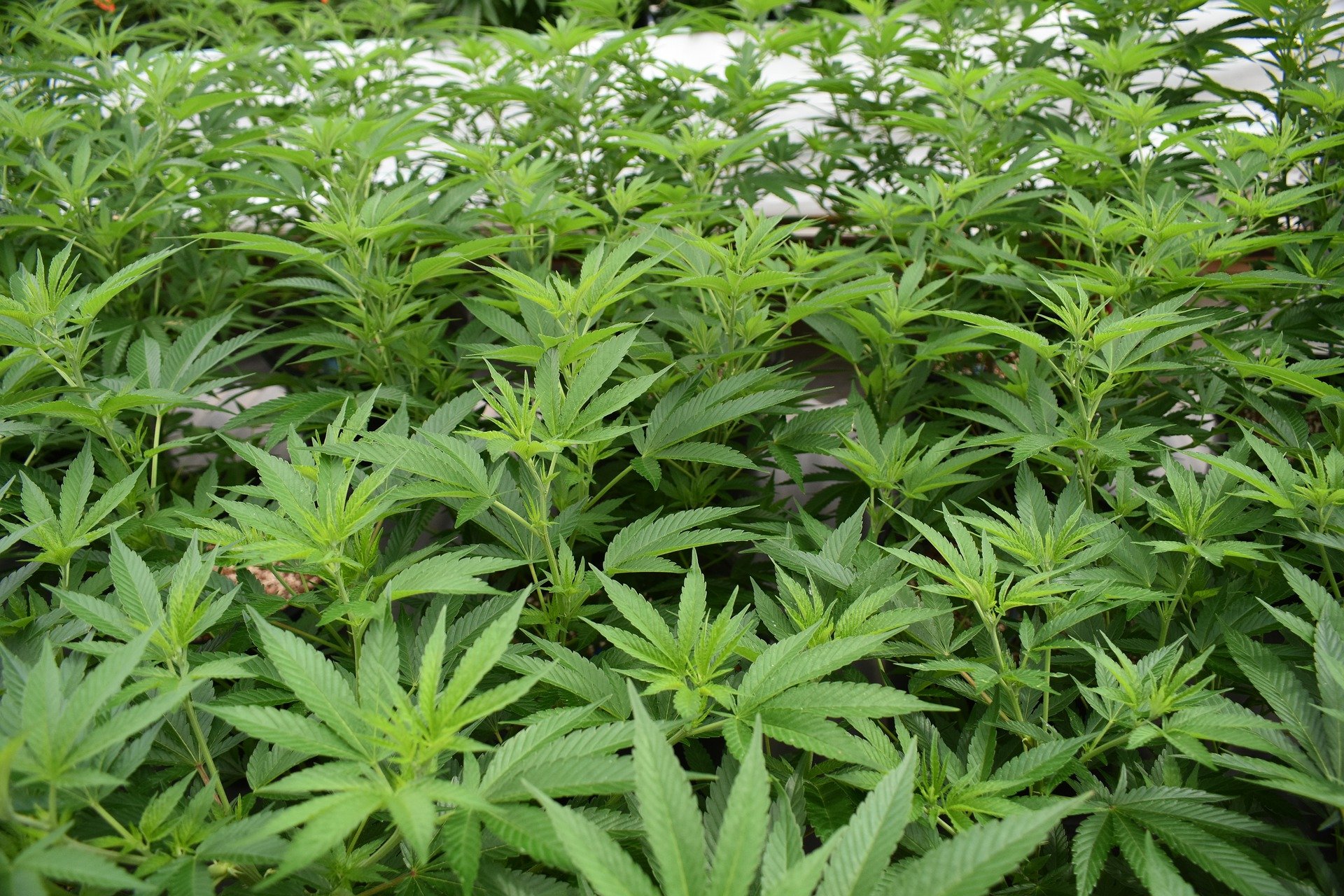
Extraction Fans -
Extractor fans are a must. These are also known as outtake or exhaust fans. No matter what you call them, these are the fans that pull the old air out of the facility. You must properly size these fans perfectly for maximum effectiveness. There are calculators for grow room ventilation fans online. Basically, you need to know the dimensions of your facility to find the CFM, which will help you determine how many fans you need. You will also have to take into consideration the size of your ductwork. The proper-sized extractor fan is essential.
Input Fans -
Input fans or intake fans are another necessary addition to your grow facility. These fans bring outside air into your facility and help to replenish the CO2 and oxygen levels. They also help create lower pressure in the grow room and help to lessen prevalent odors. When installing an air intake, keep them closer to the bottom of the room closer to the floor. This helps get the coolest possible air into your facility. There are two types of intake options - active and passive.
Active intake includes a fan. Intake fans are filtered fans that blow fresh air into your facility. Basically, it is the reverse of an extraction fan. These fans blow air into your facility, while extraction fans blow air out. It is important to have a filter on your fan. Filters help keep pollens and pests from entering your facility.
Passive intake is when there is simply an opening in the wall or room of your facility. This opening allows fresh air into your facility. With the addition of an extractor fan, there is ample airflow and pressure moving the air. Passive intake is also quieter, as there is not another fan running. Plus, it will save you money, as there is one less fan running.
Oscillating Fans -
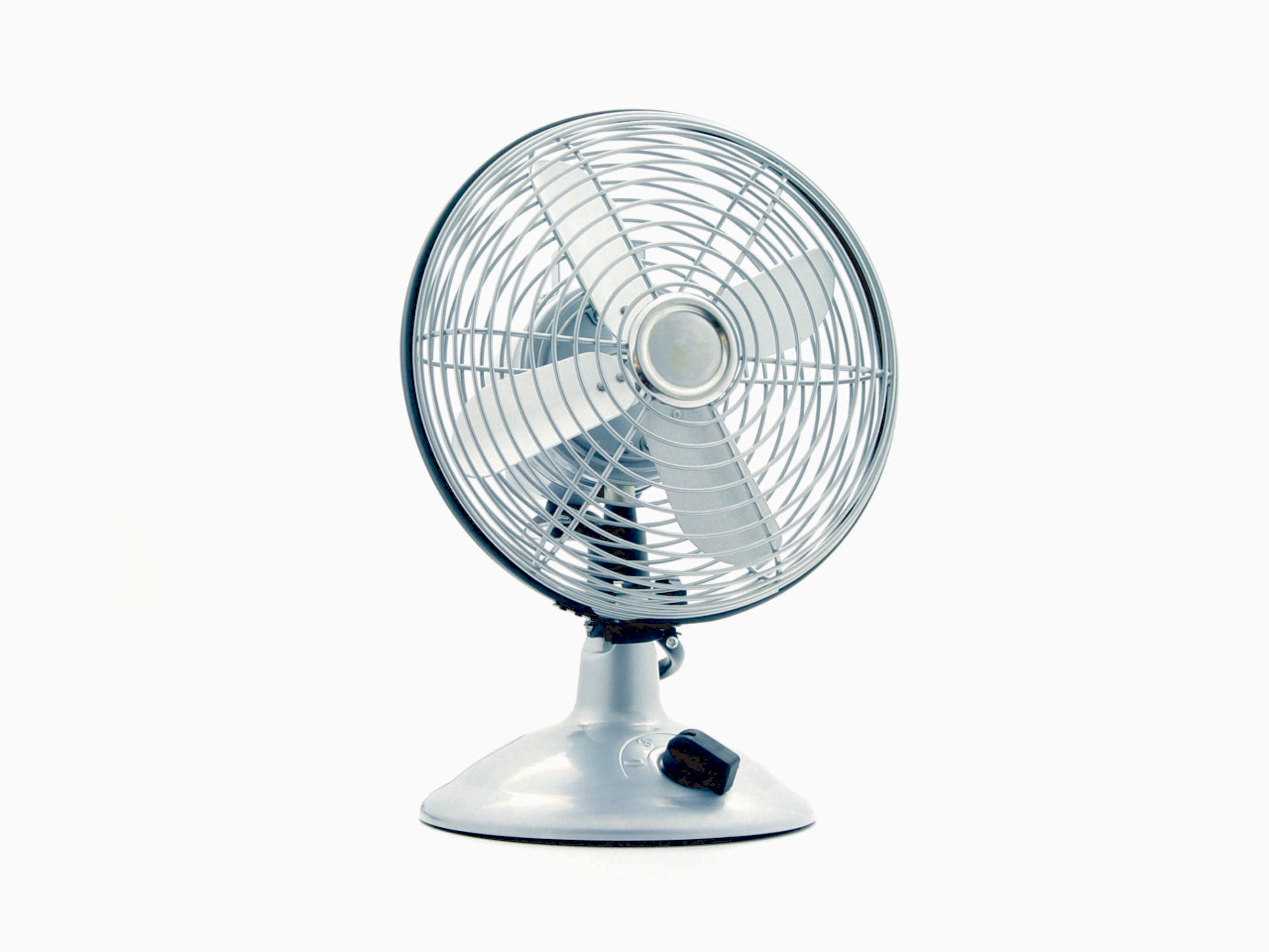
Smaller grow rooms can benefit from the addition of an oscillating fan. However, larger facilities will need bigger air movement in the form of HVLS fans, which we will cover next. The nice thing about oscillating fans is they can be strategically placed to maximize airflow. They also offer adjustable speed settings. This is great because ideally, you do not want high-speed airflow directly towards your plants. Basically, you want the air flowing around your plants, but not right at them. Intense air movement directed at your plants can actually stress them and cause more harm than good.
Ceiling Fans for Grow Rooms

Another necessary addition to a grow facility is a High Speed Low Volume (HVLS) ceiling fan. These fans are anywhere from 6-24 feet in diameter. The biggest difference between these fans and a regular ceiling fan is the way they move air. Slowly. Slow-moving air is extremely helpful to plants. Plants that experience consistent gentle air movement, like that of an HVLS fan, actually grow stronger. The strength of the stems is actually increased. They grow thicker and are then able to easily carry the weight of the buds. Weaker stems snap from the weight of the yield. And an added bonus is that HVLS fans operate extremely quietly. The decibel levels range from 39-63. Much lower than the noise level of exhaust fans and oscillating fans. Grow facilities are bound to be loud spaces with the number of fans running, but HVLS fans will create minimal noise in your facility.
Ideally, you want a gentle breeze over your grow room, not an intense wind. That is perfect for an HVLS fan. Plus, these large fans will help with humidity levels and temperature control. Once you know the dimensions of your space, you can contact a MacroAir customer care representative to help you identify the fans right for your space.
Bottom Line
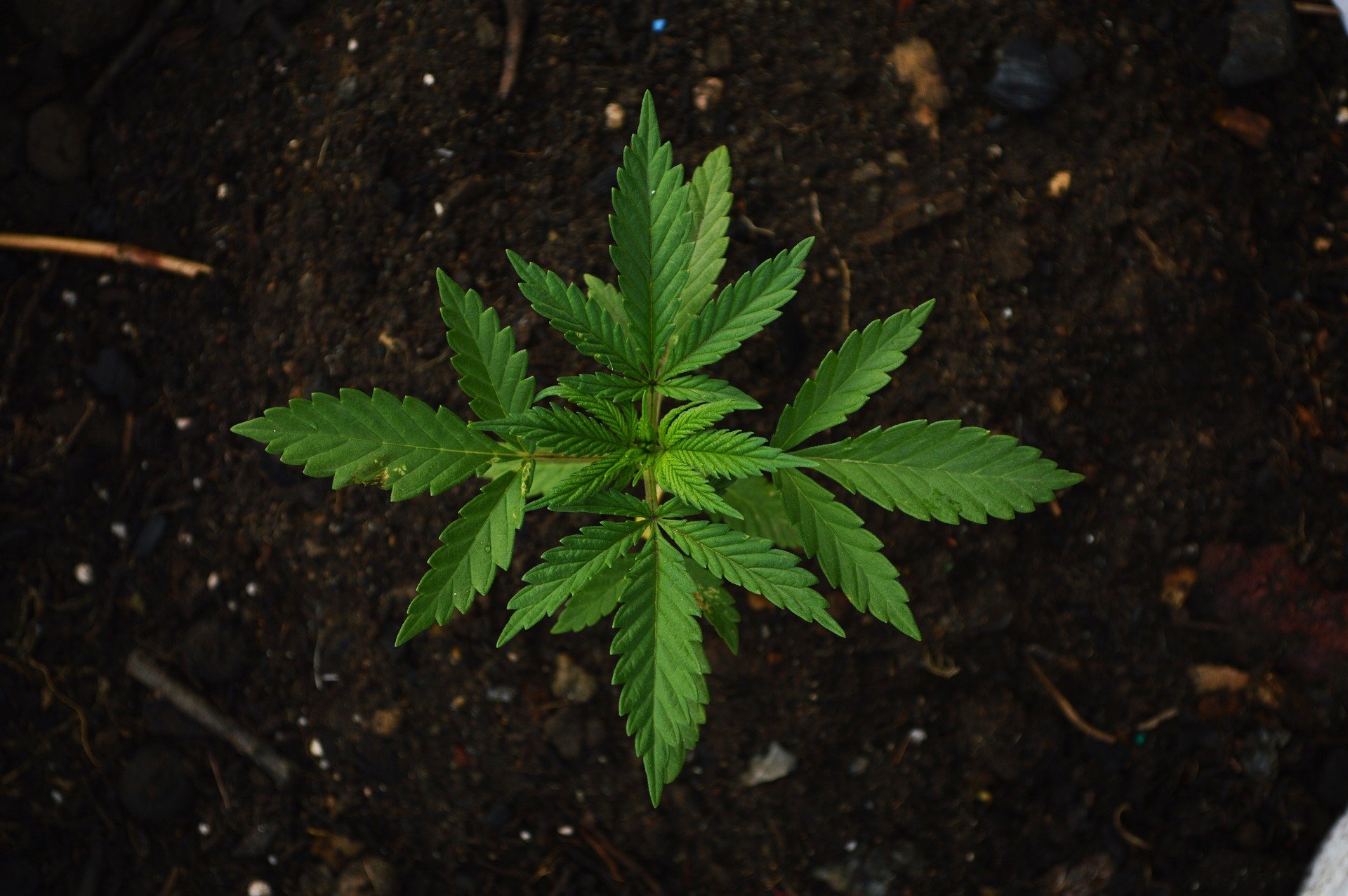
The cannabis industry is exploding. In fact, by the end of 2022, legal marijuana sales are expected to reach $22 billion dollars! And with increased demand, there are increased growth facilities being constructed all around the nation. It is important you understand the need for proper grow room ventilation in order for your plants to flourish. Simply put, make sure you move that air inside your facility! Get the hot, humid, old stale air out and move the new, fresh, cool air in. Let MacroAir help you get the gentle breeze throughout your facility. MacroAir’s HVLS fans will help to control humidity and temperature and, ultimately, help to strengthen your plants, making them healthy and happy.
Find out more about how MacroAir’s HVLS fans can add gentle and consistent air moving to your grow facility. Click the link below to get started today.

